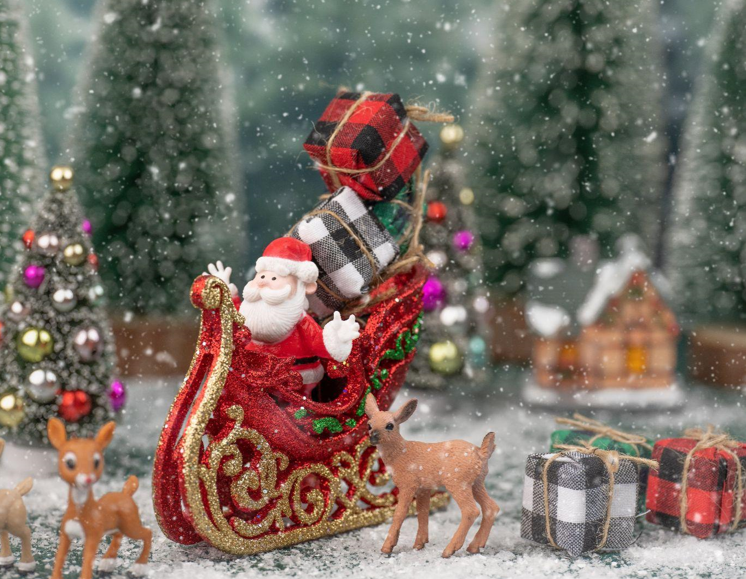The History and Evolution of Artificial Christmas Wreaths and Garlands
The Early Origins of Artificial Christmas Wreaths
The history of artificial Christmas wreaths dates back centuries, originating in ancient Rome. During the winter solstice, Romans would decorate their homes with evergreen branches, symbolizing the circle of life and the coming of spring. They believed the tree’s greenery would ward off evil spirits and bad fortune, bringing good luck and prosperity to their homes.
As Christianity spread throughout Europe, decorating homes during the winter solstice became a Christmas tradition. The wreath, which had become an essential part of Roman holiday celebrations, was adapted by Christians into a symbol of eternal life, representing the endless love of God.
The first artificial Christmas wreaths were made from natural materials, including evergreen branches, holly, berries, and pinecones. These wreaths were hung on the front door or over the fireplace, often decorated with oversized bows, dried fruit, or ribbon. However, as technology advanced and the demand for holiday decorations increased, artificial wreaths became more popular.
Today, artificial wreaths are made from various materials, including PVC, wire, and plastic. They can be pre-lit or adorned with lights, ornaments, or other decorations. As technology evolves, artificial wreaths’ quality improves, making them more realistic and long-lasting.
The Evolution of Christmas Garlands
In addition to wreaths, Christmas garlands also have a rich history and significant evolution. The first Christmas garlands were made from natural materials, including evergreen branches and fruits, such as apples and oranges, strung together with string or twine.
As time passed, the popularity of Christmas garlands grew, and more materials were used to create them. Early bouquets were decorated with popcorn, cranberries, and other food items. In the 1800s, tinsel garlands, made from thin strips of silver, became popular, creating a glittering effect when placed on the tree or mantle.
In the 20th century, artificial materials like PVC became increasingly popular, allowing for more diverse designs and longer-lasting decorations. As a result, modern garlands include a vast selection of colors, styles, and patterns, from simple and traditional to more intricate and whimsical.
Artificial garlands also offer unique features; some may have battery-powered lights, while others feature fiber-optic lighting for a more futuristic look. In addition, they can be adorned with various decorations, including ornaments, ribbons, bows, and flowers, making them an essential component of holiday décor.
Conclusion
For centuries, Christmas wreaths and garlands have been essential to holiday traditions, symbolizing hope, life, and renewal. As the world evolves, so do the materials and styles used to create these decorations. From natural materials to artificial ones, wreaths and garlands have changed and adapted, offering more diverse and exciting possibilities for holiday decorators. However, despite these changes, the essential spirit of the tradition remains intact, representing the joy and warmth of the holiday season.






